Local
10 Forces Behind Strip Malls’ Suburban Takeover

Across the United States, a particular retail format has become a staple in suburban areas: the strip mall. These open-air shopping centers, characterized by their linear layout, have proliferated due to a combination of consumer preferences and urban planning policies. By understanding the factors behind this dominance, readers can gain insight into the enduring presence of strip malls.
Convenience Drives Consumer Choices
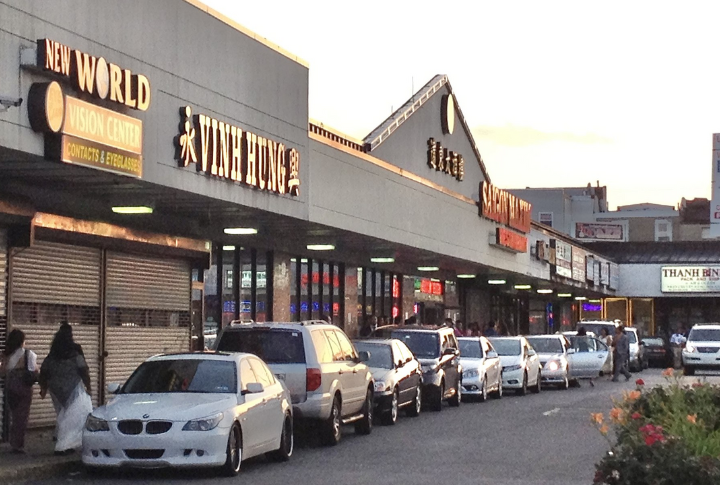
You pass by, pull in, and finish your shopping in no time. That is the pace suburban shoppers prefer—and strip malls match it perfectly. Easy parking, no escalators, no packed crowds. Convenience shapes where people spend, according to Raydiant’s 2023 report, which explains why these centers keep drawing loyal customers.
Hybrid Work Models Shift Shopping Patterns

Commute times have dropped, and neighborhood foot traffic has surged. As more people work from home, their lunch breaks and errands orbit closer to their front doors. That puts neighborhood retail centers at the heart of daily routines, which blur out the old boundaries between work life and weekday consumer habits.
Millennials Fuel Suburban Retail Demand
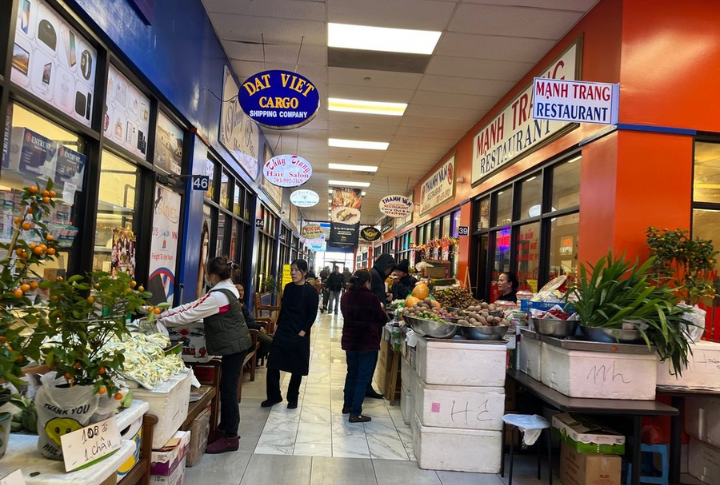
The 30-somethings with kids and dogs? They’ve moved in, and they’re spending locally. According to the National Association of Realtors, over half of millennial homebuyers have chosen suburban areas in recent years. With fewer trips downtown, this is driving demand for local centers.
Retailers Embrace Smaller Store Formats
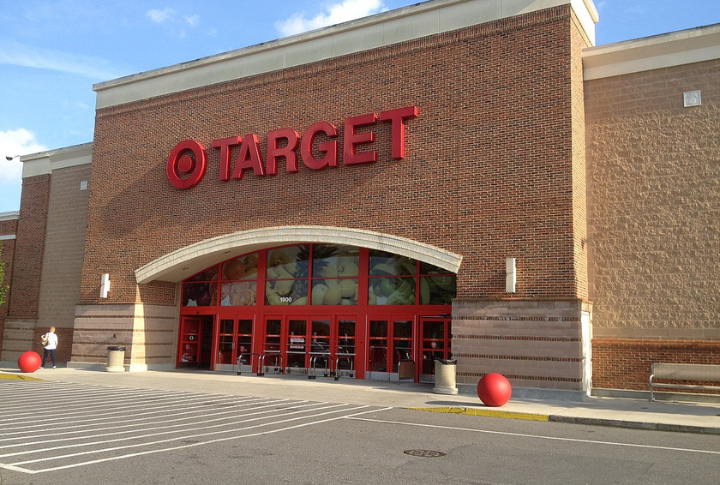
Think less warehouse, more welcome mat. Retail giants like Target and Macy’s are opening suburban stores as small as 20,000 square feet—half the size of traditional outlets. These compact spaces enable brands to target specific neighborhoods while reducing costs, staying agile, and adjusting inventory to meet regional shopping preferences.
Economic Resilience Amid Retail Challenges
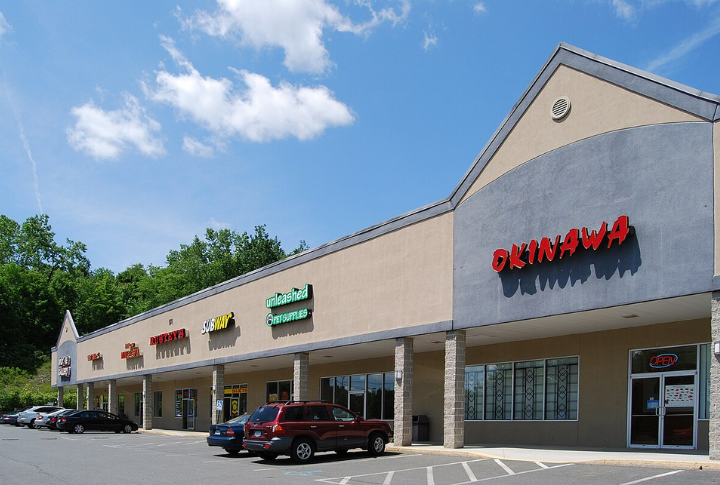
Many big-box centers went dark, but these remained open. Why? Strip malls weather downturns better by diversifying their tenant mix, which includes restaurants, clinics, gyms, and boutiques. Their adaptability keeps foot traffic steady even when other retail formats struggle to stay relevant.
Zoning Policies Encourage Suburban Retail Development
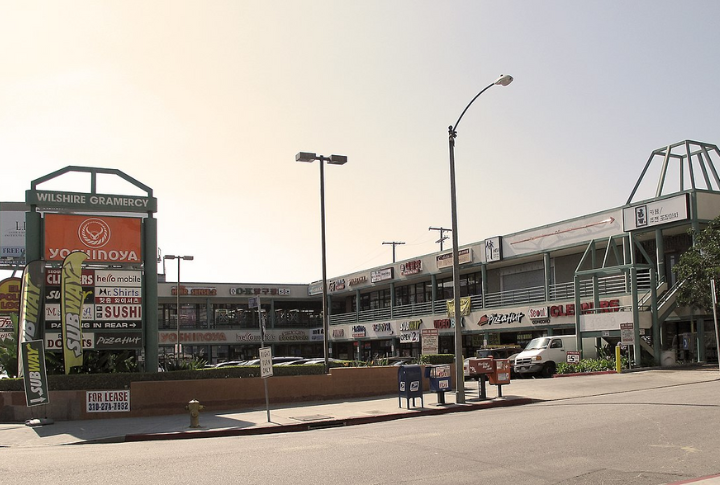
American zoning maps are retail blueprints. Cities often reserve strips along major roads for commercial use, incentivizing developers with predictable permits and low-rise codes. That regulatory encouragement directly contributes to the linear spread of retail centers along car-heavy routes in growing suburban regions.
E-Commerce Integration Enhances Physical Retail
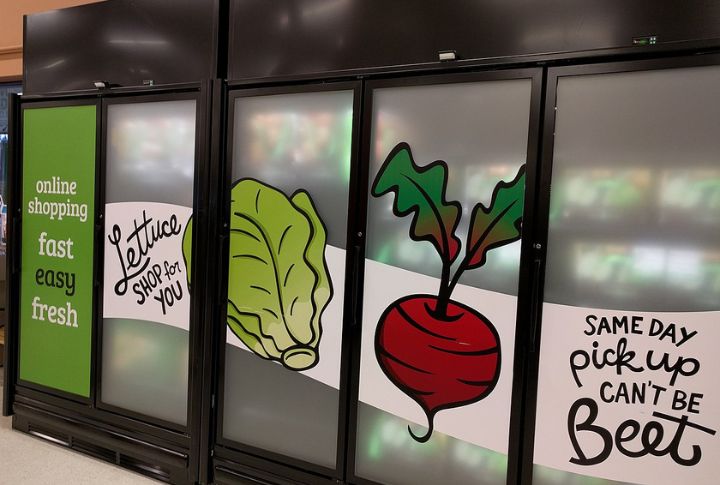
You don’t browse anymore—you click, pick up, and go. Retailers are utilizing strip mall locations to support BOPIS (Buy Online, Pick Up In Store) strategies. Hybrid shopping is on the rise, with consumers blending online and in-store experiences to maximize convenience. That’s enough reason that these suburban spots are essential to fulfillment.
Community-Centric Amenities Attract Shoppers
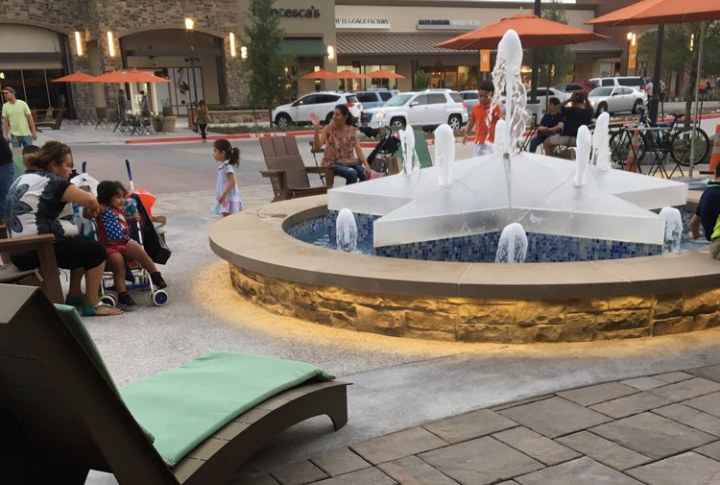
Walk into one, and you might find a Pilates class next to a pet groomer. That’s by design. These centers are morphing into neighborhood gathering places, not just retail stops. Yoga lawns and free Wi-Fi are turning errands into community-building micro-events.
Strategic Location Maximizes Accessibility
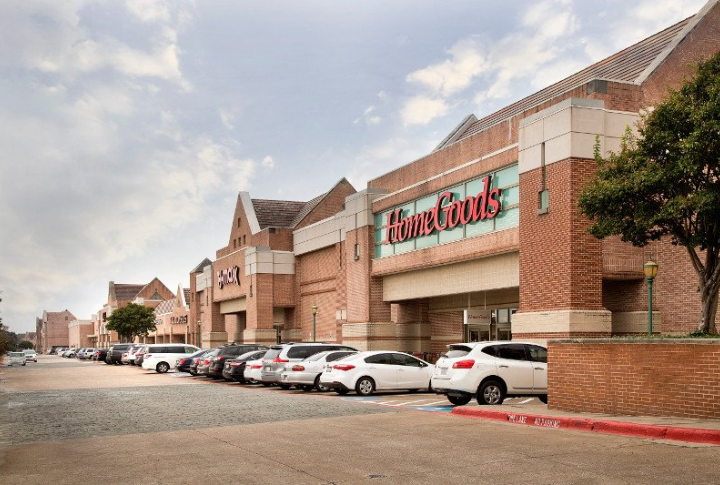
Retailers choose strip malls for one key reason: visibility. Positioned along high-traffic roads, these centers keep brands in constant view of passing drivers. Turn-lane access and prominent signage give stores an edge. ICSC notes this roadside exposure helps strip malls maintain strong leasing demand among retailers seeking steady foot traffic.
Adaptability Ensures Long-Term Viability
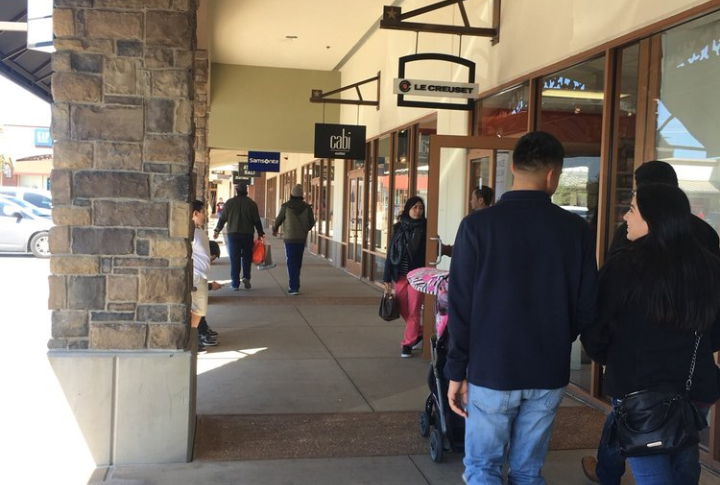
Change is inevitable, and these spaces change fast. A frozen yogurt shop closes, and a dental clinic opens. Unlike enclosed malls, strip centers can quickly reconfigure storefronts for new uses. This kind of adaptability is the secret weapon that enables them to evolve in tandem with cultural shifts and retail trends alike.

